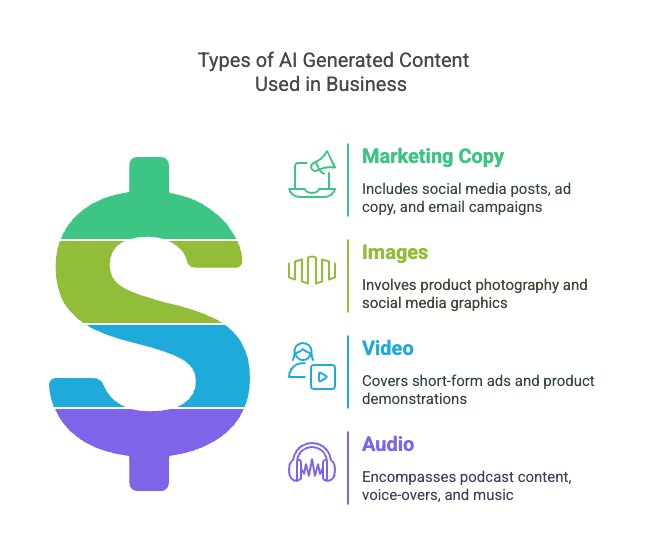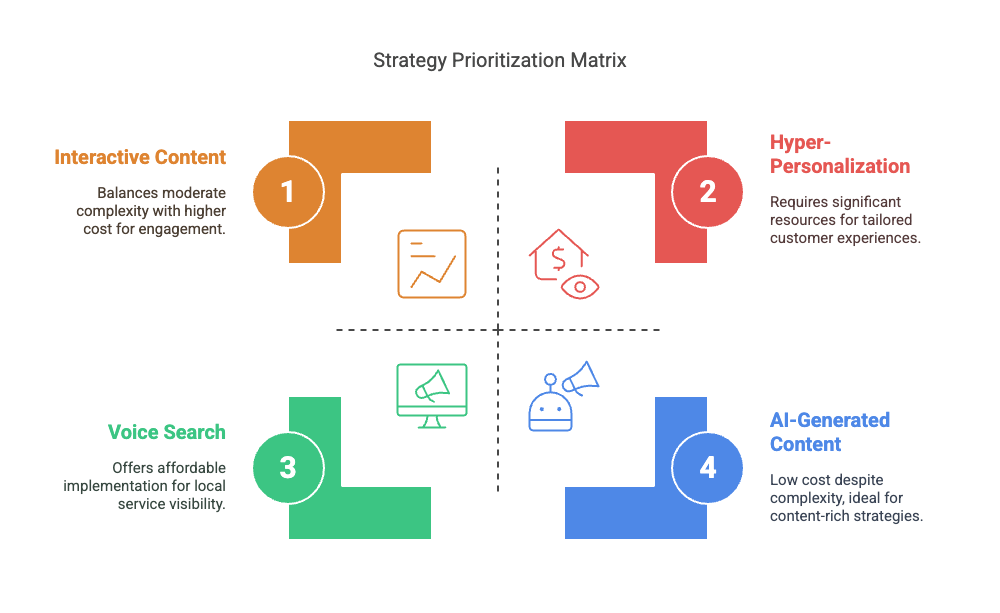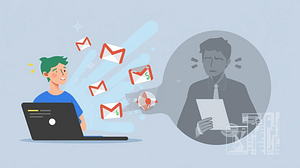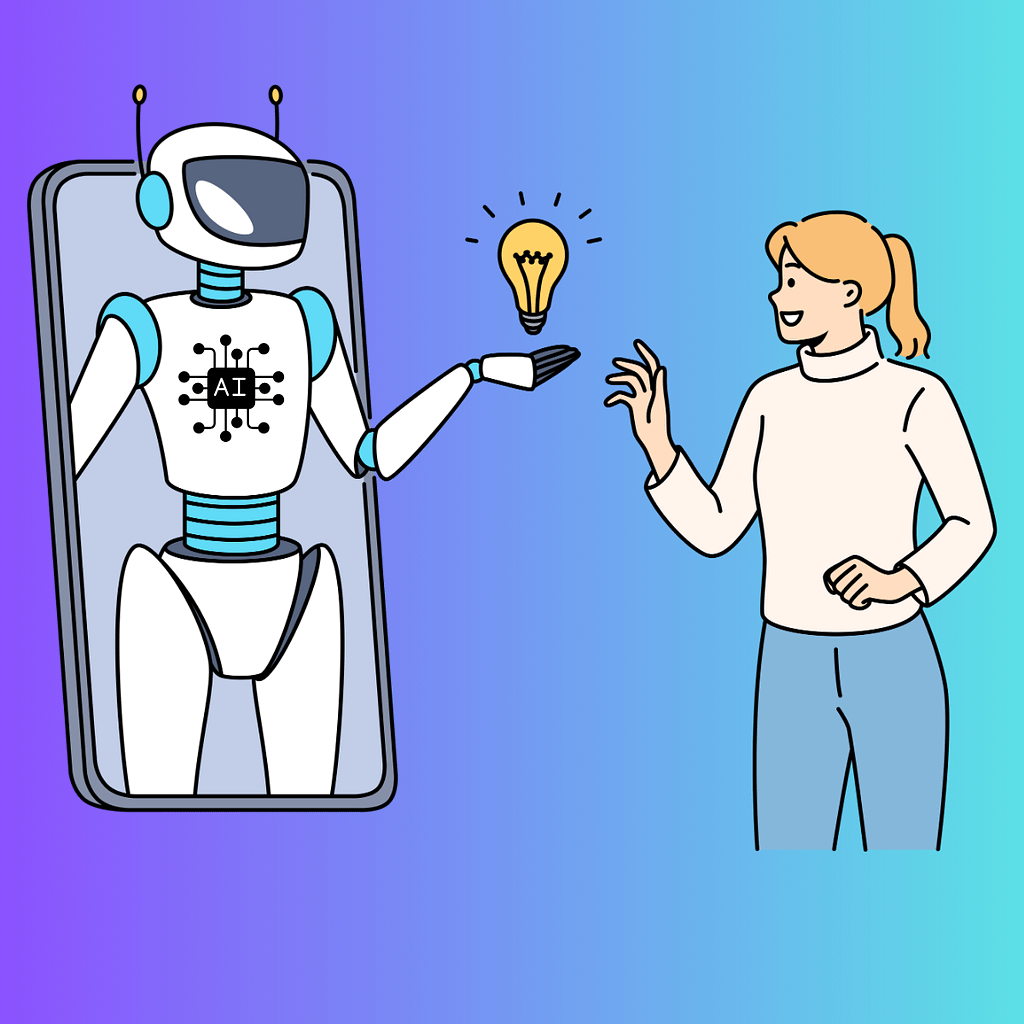The game-changing AI marketing strategies Transforming e-commerce, D2C and helping MSMEs compete in the digital landscape
The AI Revolution in Brand Marketing
The e-commerce landscape has undergone a seismic shift in 2025, with artificial intelligence no longer being a luxury but a necessity for businesses of all sizes. For MSMEs (Micro, Small, and Medium Enterprises) in particular, AI integration has become the great equalizer, allowing smaller players to compete with industry giants by leveraging smart technology instead of massive budgets.
According to recent data from the Digital Commerce Association, businesses that have integrated AI strategies have seen an average growth rate of 32% compared to 8% for those that haven’t. More specifically, MSMEs leveraging AI have reported:
- 43% increase in customer retention
- 37% reduction in operational costs
- 51% higher conversion rates
- 29% growth in average order value
This article explores the five most impactful AI brand strategies that successful businesses have implemented, with special focus on how these approaches can boost MSME growth in the e-commerce sector.
Strategy 1: Hyper-Personalization at Scale
What is AI-Driven Hyper-Personalization?
Hyper-personalization uses AI to deliver uniquely tailored experiences to each customer based on their preferences, behavior, purchase history, and even contextual factors like weather and local events. Unlike basic personalization (e.g., “Hello [Name]”), hyper-personalization creates truly individualized shopping journeys.
How Leading Brands Are Implementing It
The Mumbai Based Artisanal Home Decor, This Mumbai-based home decor business increased sales by 78% in six months by implementing an AI personalization engine that:
- Creates dynamic product bundles based on individual taste profiles
- Adjusts website layout and featured products in real-time based on browsing behavior
- Sends highly targeted notifications about restocks and new items that match specific customer preferences
- Customizes pricing strategies and discount offers based on purchase likelihood modeling
The founder, Priya Sharma, notes: Before AI, we could only personalize for broad customer segments. Now we treat each of our 50,000+ customers as a segment of one, and our conversion rates have skyrocketed.
Implementation Tips for MSMEs
- Start Small: Begin with one aspect of personalization (e.g., product recommendations) before expanding
- Leverage Existing Tools: Platforms like Shopify, WooCommerce, and Magento now offer integrated AI personalization extensions
- Focus on Data Collection: Ensure you’re gathering quality customer data with proper consent
- A/B Test Everything: Compare personalized versus non-personalized experiences to measure impact
Cost Considerations
| Implementation Level | Approximate Monthly Cost | Expected ROI Timeline |
| Basic AI Recommendations | ₹10,000-25,000 | 2-3 months |
| Mid-level Personalization | ₹25,000-75,000 | 3-6 months |
| Full Hyper-personalization | ₹75,000+ | 5-8 months |
Strategy 2: AI-Driven Customer Service Transformation
The Evolution of Customer Support
Customer service has evolved from a cost center to a competitive advantage, with AI enabling 24/7 support, instant resolution, and predictive assistance. For MSMEs, this means being able to provide enterprise-level service without a large team.
Real-World Applications
GreenGrow Organics, This Coimbatore-based organic produce MSME implemented a multi-tiered AI customer service approach:
- Level 1: Conversational AI chatbot handling 78% of customer queries without human intervention
- Level 2: AI-assisted human agents with real-time recommendation engines suggesting solutions
- Level 3: Proactive issue detection that identifies potential problems before customers complain
Results:
- 92% reduction in response time
- 63% increase in customer satisfaction scores
- 41% decrease in support staff costs
- 27% higher repeat purchase rate
Founder Rajesh Kumar explains: “Our AI system identified that customers who received order updates before they asked for them were 3.5 times more likely to become repeat buyers. Now our system proactively sends these updates, and our customer retention has never been higher.”
Key Technologies Driving This Strategy
- Natural Language Processing (NLP): Powers conversational experiences across multiple Indian languages
- Sentiment Analysis: Detects customer emotion and escalates accordingly
- Predictive Analytics: Anticipates customer needs based on behavior patterns
- Voice AI: Enables natural spoken interactions for customers who prefer calling
Implementation Roadmap for MSMEs
- Audit Current Pain Points: Identify where customers are most frustrated
- Deploy Basic Chatbots: Start with rule-based solutions for common queries
- Gather and Analyze Conversation Data: Use these insights to improve AI capabilities
- Integrate with CRM: Ensure customer context is preserved across touchpoints
- Train Human Teams: Develop skills for working alongside AI assistants
Strategy 3: Predictive Analytics for Inventory and Trend Forecasting
From Reactive to Proactive Operations
Traditional inventory management relies on historical data and intuition. AI-powered predictive analytics transforms this into a precise science, allowing businesses to anticipate demand before it happens.
How It’s Transforming MSME Operations
Fashion Forward Jaipur-based fashion accessory MSME implemented predictive analytics and saw:
- 42% reduction in unsold inventory
- 67% fewer stockouts of popular items
- 23% decrease in storage costs
- 35% improvement in cash flow
The system analyzes:
- Historical sales data
- Social media trend signals
- Search volume patterns
- Seasonal variations
- Competitor pricing
- Local events and holidays
Owner Anika Gupta shares: “We used to order inventory based on gut feeling and last year’s sales. Now our AI system accurately predicted the sudden demand for sustainable bamboo accessories three months before they went viral. We were fully stocked while our competitors were scrambling.”
Practical Implementation Steps
- Clean Your Data: Ensure accuracy of historical sales information
- Start with Basics: Focus first on your top 20% of products that generate 80% of revenue
- Choose the Right Tool: Options range from simple plugins to comprehensive solutions:
| Tool Type | Features | Good For |
| Basic Forecasting | Sales predictions based on historical data | New MSMEs with limited data |
| Mid-level Analytics | Includes market trends and seasonal factors | Established businesses in stable markets |
| Advanced Predictive Systems | Incorporates social listening, competitor analysis, and macro trends | Businesses in fast-changing markets |
- Monitor and Adjust: Use a 3-month testing period to refine predictions
- Expand Gradually: Apply successful models to more product categories over time
Strategy 4: Content Generation and Optimization
AI as a Marketing Department
Content creation has traditionally been time-consuming and expensive. AI-powered tools now enable MSMEs to generate high-quality, SEO-optimized content at a fraction of the cost and time.

Transformative Applications
TechTools Pro, Bengaluru-based B2B tool supplier implemented AI content strategies and achieved:
- 83% increase in organic traffic
- 62% reduction in content production costs
- 47% higher engagement rates
- 39% improvement in search rankings
Their approach includes:
- AI-generated product descriptions that automatically highlight features based on customer search patterns
- Multilingual content creation that expanded their market reach across India
- Dynamic blog posts addressing trending industry questions
- Automated email campaigns with personalized content for different customer segments
Marketing Director Arjun Nair notes: “We’re a team of engineers, not writers. Our AI tools now produce better content than the expensive agency we used to hire, and we can generate it on-demand.”
Key AI Content Technologies
- Natural Language Generation (NLG): Creates human-like written content
- SEO Optimization Engines: Analyzes top-performing content and suggests improvements
- Multilingual Adaptation: Translates and culturally adapts content for different markets
- A/B Testing Automation: Continuously tests and refines messaging
Implementation Guide for MSMEs
- Identify Content Needs: Determine highest-priority content types (product descriptions, blogs, social media)
- Select Appropriate Tools: Options range from specialized to comprehensive:
| AI Content Tool Type | Best For | Approximate Monthly Cost |
| Basic Generation | Product descriptions, short social posts | ₹5,000-15,000 |
| Mid-range Tools | Blog posts, email campaigns, longer content | ₹15,000-40,000 |
| Enterprise Solutions | Full content strategy, multilingual, multi-channel | ₹40,000+ |
- Human Review Process: Establish a streamlined review workflow
- Performance Monitoring: Track content effectiveness against business goals
- Continual Learning: Feed performance data back into AI systems to improve future content
Not all businesses need to implement all five strategies simultaneously. Use this framework to prioritize.

Strategy 5: Voice and Visual Search Optimization
The New Search Frontier
By 2025, voice and visual searches account for over 50% of all searches. MSMEs that optimize for these modalities gain significant competitive advantages in visibility and conversion.
Real-World Impact
Kitchen Essentials, Pune-based kitchenware MSME embraced voice and visual search optimization with impressive results:
- 92% increase in mobile conversions
- 74% higher discovery rate for new products
- 41% improvement in search-to-purchase rate
- 38% reduction in shopping cart abandonment
Their implementation included:
- Optimizing product descriptions for natural language queries
- Adding comprehensive image attributes for visual search engines
- Creating voice-friendly FAQ content
- Implementing visual search capability on their own website
Founder Vikram Patel explains: “We noticed customers were taking photos of kitchenware they liked in friends’ homes and trying to find similar products. By optimizing for visual search, we became the destination for these queries.”
Technical Implementation Steps
- Voice Search Optimization:
- Incorporate conversational keywords and phrases
- Create FAQ content that answers common questions directly
- Structure data with schema markup
- Optimize for local search queries
- Visual Search Preparation:
- Use high-quality, multi-angle product images
- Add detailed alt-text and metadata to all images
- Implement image sitemaps
- Consider image recognition technology on your own site
Practical Application for MSMEs
| Search Type | Quick Wins | Advanced Strategies |
| Voice Search | Update business listings with conversational descriptions | Develop voice apps for Google Assistant and Alexa |
| Visual Search | Improve image quality and metadata | Implement reverse image search on your platform |
| Combined Approach | Focus on mobile experience optimization | Create multimodal search capability |
Implementation Roadmap for MSMEs
Phase 1: Assessment and Planning (1-2 Months)
- Audit current capabilities and pain points
- Identify highest-impact AI opportunities
- Develop implementation timeline
- Establish baseline metrics
Phase 2: Foundation Building (2-3 Months)
- Select appropriate technology partners
- Train key staff on AI collaboration
- Begin data collection and organization
- Implement basic AI functionalities
Phase 3: Scaling and Optimization (3-6 Months)
- Roll out comprehensive AI strategy
- Develop testing and improvement processes
- Create customer education about new capabilities
- Monitor performance and make adjustments
Resource Requirements
| Resource Type | Minimum Requirements | Optimal Setup |
| Technology Budget | 5-8% of revenue | 10-15% of revenue |
| Team Training | Basic AI literacy | Dedicated AI specialist |
| Data Infrastructure | Organized customer data | Comprehensive data lake |
| Time Investment | 5-10 hours/week for key staff | Dedicated implementation team |
Measuring Success: Key Metrics to Track
To ensure your AI brand strategies are delivering results, focus on these critical metrics:
- Customer Engagement Metrics:
- Time on site
- Pages per session
- Interaction rate with AI tools
- Return visitor percentage
- Conversion Metrics:
- Conversion rate
- Average order value
- Cart abandonment rate
- Sales from AI-recommended products
- Efficiency Metrics:
- Customer service resolution time
- Inventory turnover rate
- Marketing cost per acquisition
- Time saved on routine tasks
- Growth Metrics:
- New customer acquisition rate
- Customer lifetime value
- Market share growth
- Revenue growth rate
Pro Tip: Create a balanced scorecard that weights these metrics according to your specific business objectives.
FAQs: AI Integration for Brand Growth
What is the minimum investment needed to start implementing AI marketing strategies?
Most MSMEs can begin with limited-scope AI implementation for as little as ₹25,000-50,000 per month. Focus first on one high-impact area such as customer service automation or basic personalization.
How long before I see ROI from AI implementation?
Basic AI implementations typically show positive ROI within 3-6 months. More complex strategies may take 6-12 months to fully demonstrate value, though early indicators should be visible sooner.
Do I need specialized staff to manage AI systems?
Not necessarily for initial implementation. Many modern AI solutions are designed for business users without technical backgrounds. As you scale, having a dedicated AI specialist becomes more valuable.
How do I ensure AI doesn’t damage the personal touch my customers appreciate?
The most successful AI implementations enhance rather than replace human connection. Use AI to handle routine tasks, freeing your team to provide more meaningful interactions where they matter most.
What about data privacy concerns with AI?
Transparency is key. Clearly communicate what data you collect and how it benefits customers. Ensure compliance with India’s Personal Data Protection Bill and implement strong data security measures.
Can seasonal businesses benefit from AI as much as year-round operations?
Absolutely. Seasonal businesses often see even greater benefits from predictive analytics and inventory optimization due to the condensed time frame for capitalizing on market opportunities.
Embracing the AI-Powered Future
The AI revolution in e-commerce isn’t just for large corporations. MSMEs across India are leveraging these five key strategies to compete effectively, reduce costs, and deliver exceptional customer experiences.
The most successful implementations share common characteristics:
- They start with clear business objectives rather than implementing AI for its own sake
- They begin with focused applications before expanding
- They view AI as a partnership between technology and human expertise
- They continuously measure results and refine their approach
As we move further into 2025, the gap between AI-enhanced businesses and traditional operations will continue to widen. The question for MSMEs is no longer whether to implement AI brand strategies, but how quickly and effectively they can do so.
Your Next Steps
- Conduct an honest assessment of your current digital capabilities
- Identify your most pressing business challenges that AI could address
- Research solution providers specializing in your industry
- Start small with a pilot project in one area
- Measure, learn, and expand
Are you ready to transform your brand with AI? The revolution is already underway – will you lead or follow?
If You are MSME, Startup then Follow Social Media Pages of d2ctoday, DM for Free AI Integration Consultation for Free







